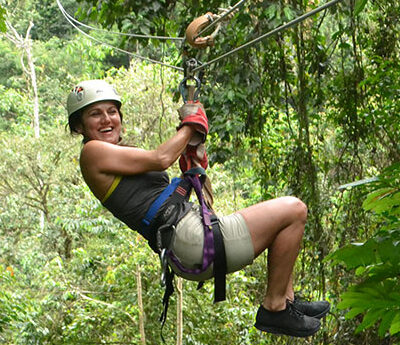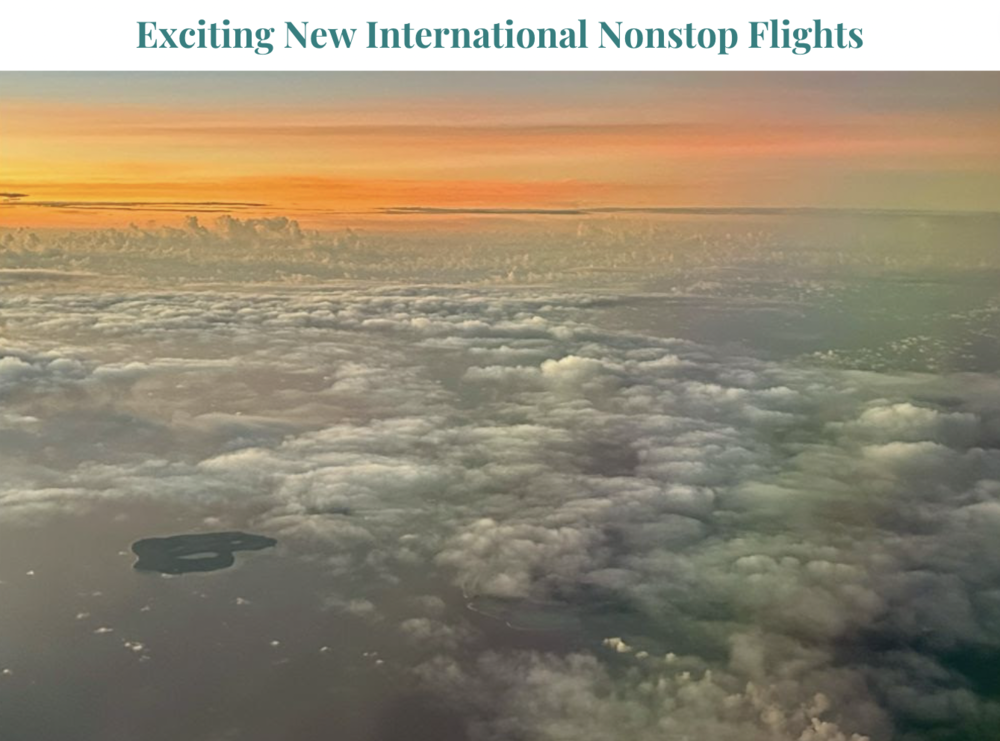Luxury Eco-Travel in Costa Rica: Insider’s Guide
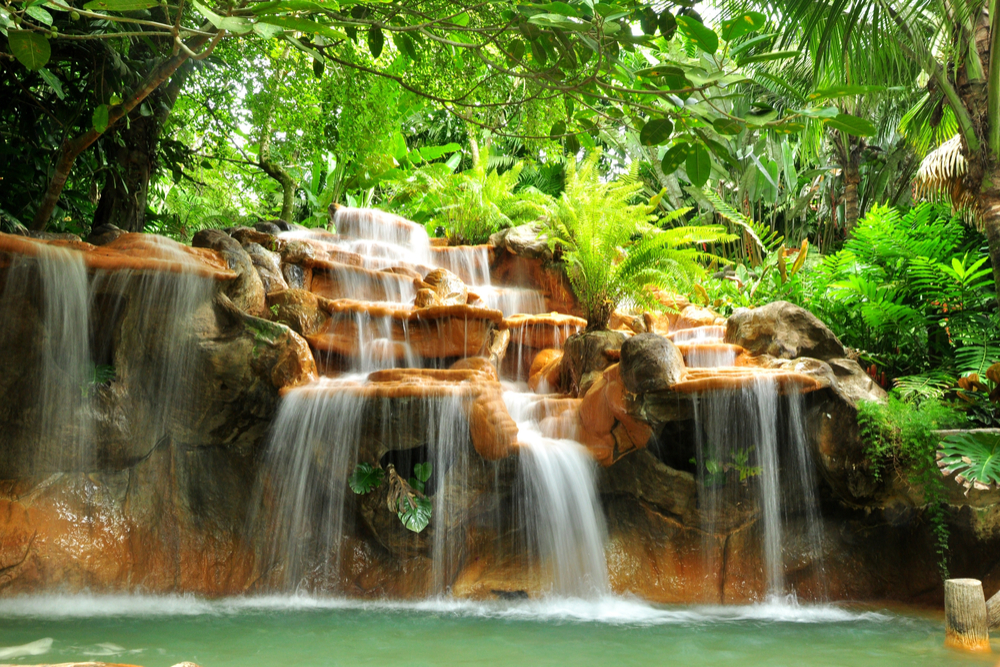 Hot springs in Costa Rica. Photo: Shutterstock
Hot springs in Costa Rica. Photo: Shutterstock
The insider advice on this page is from one of Wendy’s Trusted Travel Experts for Costa Rica: Irene Edwards of Greenspot.
A native Costa Rican who splits her time between the U.S. and Costa Rica, Irene masterminds trips to her homeland that marry sophisticated luxury and ecological sensitivity. She knows which high-design jungle lodges, stylish beach resorts, and adventure outfitters truly prioritize not just comfort but a commitment to preserving the culture and environment. Irene is always eager to arrange meaningful one-on-one experiences with the locals. (You might even get invited to her mother’s home for a cooking lesson.) And her warm demeanor ensures that she’ll get to know you well during the planning process, so she can whip up special touches like an unexpected upgrade or a birthday surprise.
Where to Stay and Eat
Best bang-for-your-buck hotel
The Sunset Ranchos at La Paloma Lodge, on the Osa Peninsula, are stand-alone bungalows that enjoy panoramic Pacific views from their jungle perch. With only seven bungalows and four rooms, this property combines an off-the-beaten-path location in the middle of a lush rainforest with personalized service and attention to detail. This is the kind of place where you’ll want to keep your binoculars tucked away when you’re not using them, in case an overly friendly monkey decides to reach through the window and give them a try. The two-story cabins have beds and baths on each floor and a layout that allows families or friends to comfortably share one unit, holding down trip costs while preserving privacy at one of the most upscale jungle lodges anywhere. From here you can also do day trips to Corcovado National Park and Caño Island Biological Reserve.
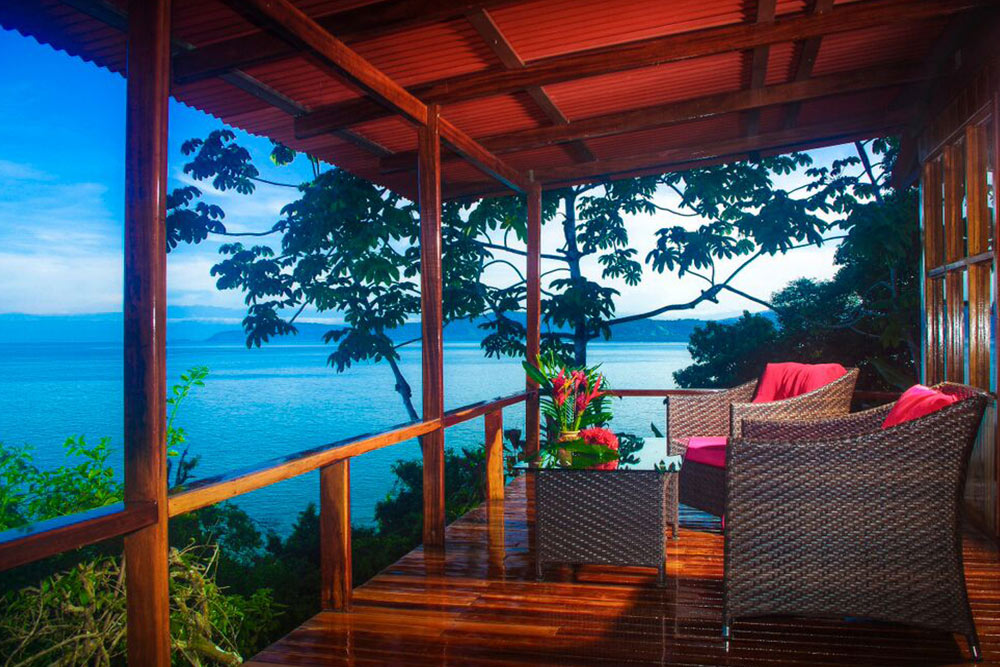
La Paloma Lodge, sunset ranchos. Photo: GreenSpot Travel
Most luxurious ecolodge
Hacienda AltaGracia sits at the foothills of the Talamanca Mountains, with a mission to preserve the secondary forest that surrounds it. The ethos of Hacienda AltaGracia centers around sustainable living, harmony with the environment, and uplifting the local community (80% of the restaurant’s ingredients are sourced from purveyors and farmers within the local community). The property plays host to 5,000 coffee trees, an organic chef’s garden, and lush, indigenous landscaping.
Restaurants the locals love
Restaurante Grano de Oro, in the heart of San José, is loved by both its hotel guests and locals, who are looking for an intimate and easily accessible spot for haute cuisine, under the expertise of French chef Francis Canal. The inner courtyard resembles how San Jose’s coffee-farm houses were built back in the 20s. The standout dessert, the Pie Grano de Oro, is a decadent mix of coffee and chocolate that you shouldn’t miss.

Grano de Oro Chocolate cake. Photo: GreenSpot Travel
Mopri is a small “soda,” or local restaurant, in the vibrant town of Puerto Viejo, on the Caribbean side of the country. You can taste the freshest seafood here, prepared with local ingredients and years of experience in Caribbean cuisine. The dishes are generous and prices very reasonable: fresh lobster for $5 per 100g, including two side dishes. The seafood soup is a must! Service can be slow, so go with plenty of time.
Dishes to try
Adventurous eaters looking for real local food in San José should go to the Mercado Central (Central Market). Among the many traditional dishes you’ll find the purist’s version of olla de carne, Costa Rica’s most enduring rural meal: a beef stew prepared with roots like cassava, sweet potatoes, and potatoes, along with squash, chayote, and corn.
For the best carne en salsa anywhere, a visit to Dona Mara’s house is in order. Guests get the chance to visit with locals (who just happen to be Irene’s family), while learning how to make tortillas and enjoying a typical Tico lunch prepared on a wood-fired stove.
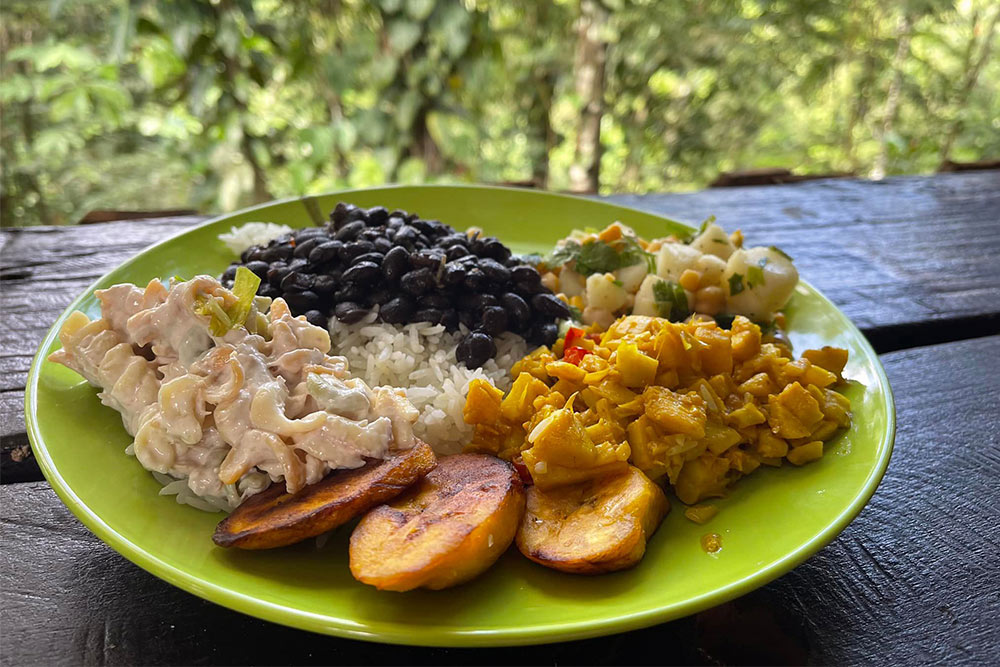
Casado, traditional Costa Rican meal. Photo: GreenSpot Travel
Meal worth the splurge
El Tigre Vestido (translation: The Dressed Tiger), the restaurant at the Finca Rosa Blanca Coffee Plantation Hotel, in the hills of Santa Bárbara de Heredia. Those who make the drive up the winding road are rewarded with delicious food and views of the Central Valley. Much of the produce is grown on-site. Finca Rosa Blanca’s Sabor! program is a culinary-themed stay that includes private cooking classes, various insider tasting opportunities (think cheese, mead, and chocolate), and an innovative coffee-themed four-course dinner utilizing beans from the hotel’s own plantation.
What to See and Do
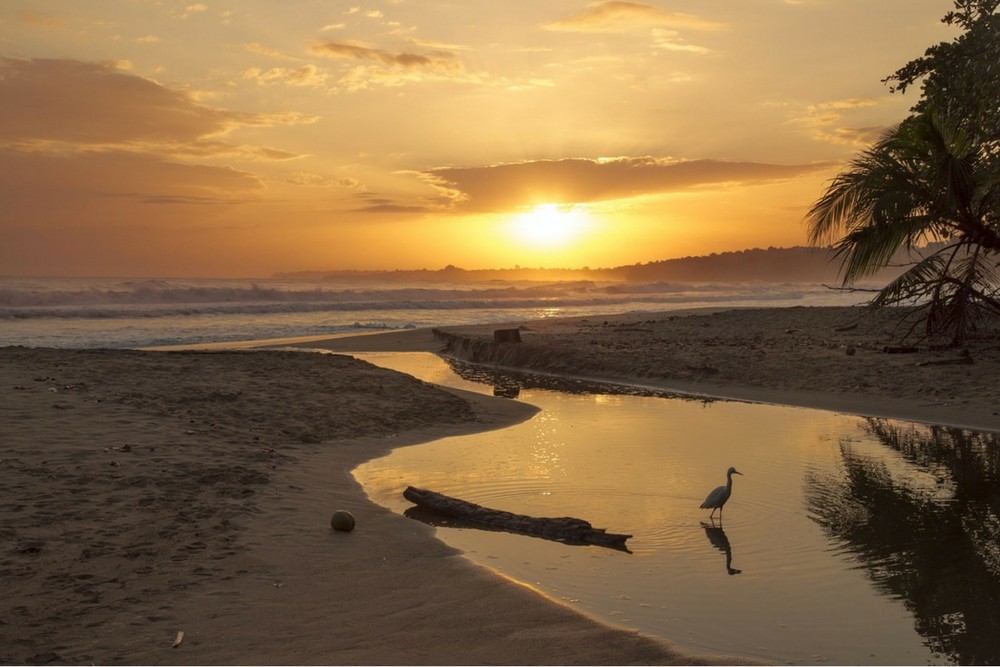
The Osa Peninsula is known for its abundant wildlife. Photo: Milivanily/Pixabay
Don’t miss
Osa Peninsula, home to Corcovado National Park. Despite a certain level of press over the years, the peninsula’s remoteness leads most travelers to substitute easier-to-reach rainforests and jungles. Although you’re likely to see a scarlet macaw in one of those other locations, on the Osa Peninsula you might see a tree full of them. The abundance of wildlife among majestic old-growth forest makes the payoff well worth it.
Don’t bother
Downtown San Jose. Unless you are arriving late at night, head straight to your first destination.
Jaco beach. This place has a special spot in the hearts of locals, as it used to be the undeveloped Pacific paradise where San Jose families spent the weekend. But development has made it more of a party town than a family-friendly gathering spot. Today, Jaco has lost the essence of what it was 20 years ago.
Hidden gem
Travelers often overlook the Turrialba region, but there are plenty of good reasons to make it a priority:
- Find adventure on the Pacuare River, considered one of the world’s best by the rafting community for its spectacular Class III, IV, and V rapids.
- The region is close to San Jose—only two-and-a-half hours by car—though you’ll feel the sensibility of rural Costa Rica. It’s the kind of place where, at two o’clock in the afternoon, you’ll see the local señor walking with a bag of bread from the pulperia to enjoy with his afternoon coffee.
- Visit plantations that produce sugar cane, coffee, and macadamia nuts; Pre-Columbian ruins at Guayabo; and Turrialba Volcano, currently Costa Rica’s most active.
- The tiny town of Turrialba is where Rawlings manufactures its baseballs for major-league games.
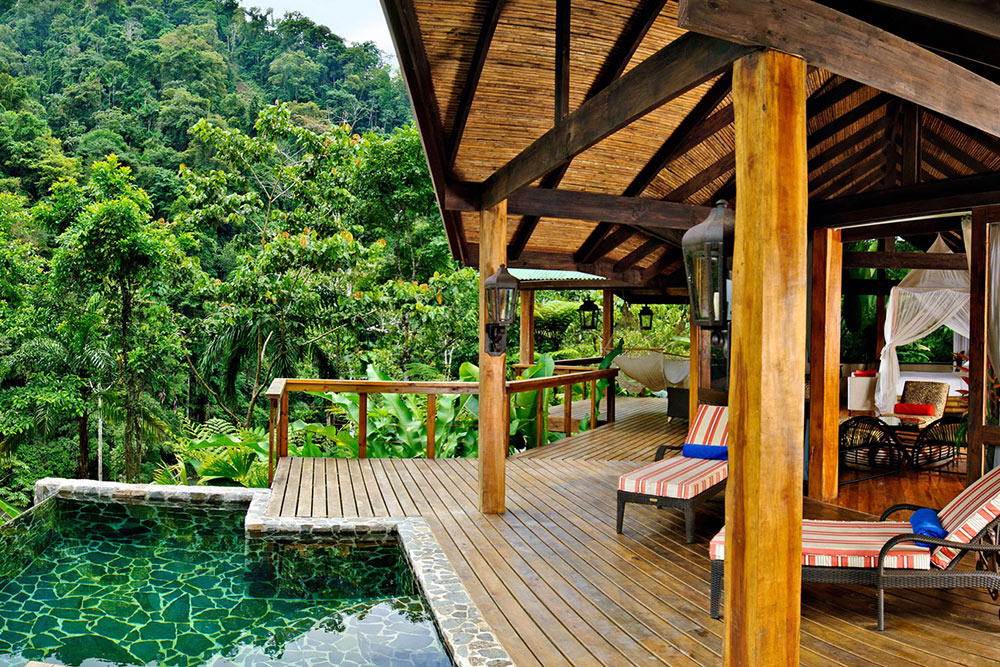
The Pacuare Lodge in Turrialba Region, Costa Rica. Photo: GreenSpot Travel
How to spend a lazy Sunday
Take a walk in the park. Costa Rican towns are all built around a central square, with the church at one end and the park occupying the center. Local families gather on Sundays to socialize after church in the mornings and late afternoons. No activity will give you a better feel for life in Costa Rica. Grab a bench. The wait will be short before somebody strikes up a conversation.
Wellness packages are increasingly popular in Costa Rica, with a holistic focus on a life well lived. Your perfect Sunday could start with yoga on the beach and include private classes with a local chef focused on healthy ingredients. Or relax all afternoon at the spa after a guided hike surrounded by nature.
Best Times to Go
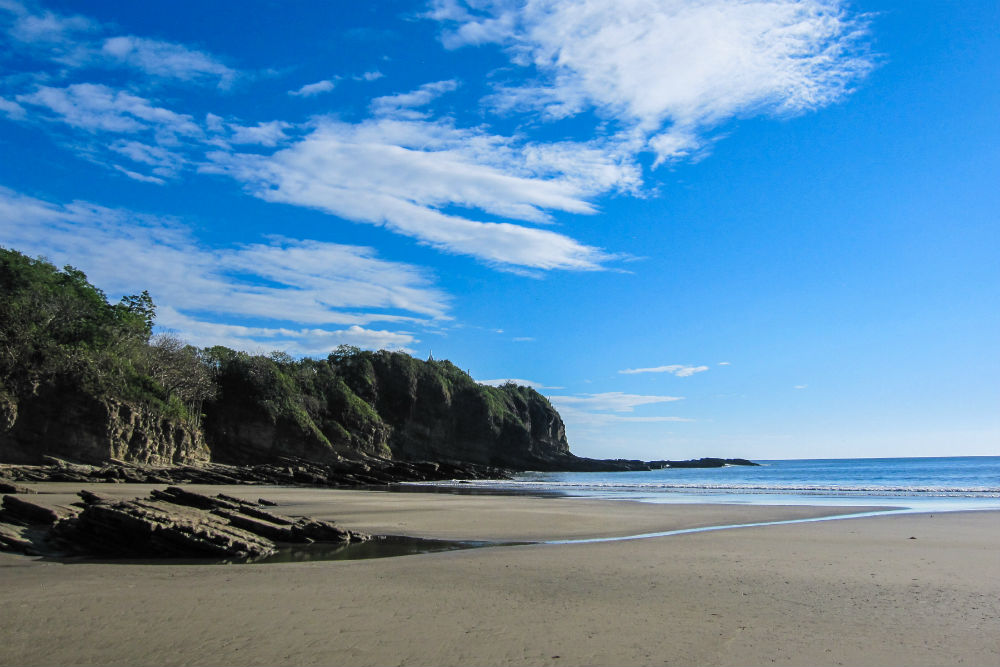
Mid-June to mid–August is the middle of the rainy (or “green”) season—but with very predictable weather patterns, so you get beautiful sunny mornings and strong showers nearly every afternoon. This gives you time to take part in activities in the morning and then rest in the afternoon while listening to the tropical rain that cools things off for the evening. Prices are lower and places are not as busy as during the drier high season, and everything is lush and green. Additionally, this is whale migration season on the southwest Pacific coast. And occasionally it won’t rain much at all for two weeks.
The December holiday season is the busiest time of year, but the first two weeks of the month are quiet (with low-season rates in effect), and you can enjoy the transition from rainy to dry season when everything is still lush and green. After New Year’s, there is a lull when foreign travel to Costa Rica slows. Moreover, it’s one of the nicest times of the year for a winter escape, right in the middle of the Costa Rican dry season. It is often the only time in the high season that you can plan a last-minute trip and still have your first choice of the country’s top hotels.
Worst Times to Go
October: It’s consistently the rainiest month of the year, with some days when it just rains constantly. By postponing your travel to mid-November, you’ll have a much better opportunity for sun.
Easter week: You will be competing for space with international adventure-seekers and a growing number of wealthy Costa Ricans on traditional beach breaks. The weather is usually gorgeous, but the nature parks and hotels are at their most crowded.
Bragging Rights
There is much to be learned from the few indigenous communities left throughout the world about preserving Mother Nature. Irene can arrange for travelers to meet the Cabécar indigenous people of the Talamanca Mountains, in the southern Pacific side of the country. Access to this area is difficult, involving a helicopter ride and several hours of hiking. The community has stayed true to its ageless traditions, maintaining its identity in an intact natural environment while surrounded by a modern world seen as polluted; visitors are rarely allowed. You’ll be shown around the village, taught about the group’s history and beliefs, and then served a meal on plantain leaves.
Instagram Moment
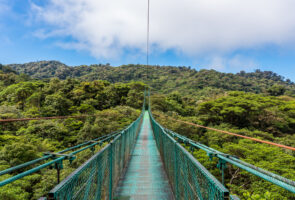
The Hanging Bridges in the foothills of Arenal Volcano are quieter right after lunch. For a perfect picture, stand in the middle of one of the longer bridges with the jungle canopy at eye level while the sun sneaks between the openings in the thick forest. You can wait until no one else is in the shot, but you may still get photo-bombed by a sloth.
The Souvenir
A chorreador. A wooden apparatus used to make coffee in rural areas and traditional households, it’s a simple yet elegant system that creates a taste very distinct from machine-brewed joe. Coffee and a simple life represent the true Costa Rica. You’ll find the best prices in La Fortuna or San Ramón.
Tipping Tip
A 10 percent tip is already included in restaurant bills by law. If you get good service, an extra 5 to 10 percent tip is appropriate.
Don’t Forget to Pack
A refillable water bottle. All of the upscale hotels have filtered water, or bottled water in much larger containers. Disposable plastic water bottles purchased by tourists in Costa Rica (and around the globe, for that matter) create a lot of waste, and there’s a shortage of recycling facilities.
It’s also good to have a cream for insect bites, sunburn, and other irritations (your skin takes more abuse in the tropics). Your own hair conditioner comes in handy when visiting the jungle, too; some of the conditioners offered at the lodges leave your hair completely unmanageable in the heat and humidity. Just make sure it’s biodegradable!

